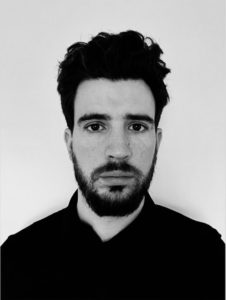
Tom Seymour is an Associate Editor at The Art Newspaper and an Associate Lecturer at London College of Communication. His words have been published in The Guardian, The Observer, The New York Times, Financial Times, Wallpaper* and The Telegraph. He has won Writer of the Year and Specialist Writer of the year on three separate occassions at the PPA Awards for his work with The Royal Photographic Society.